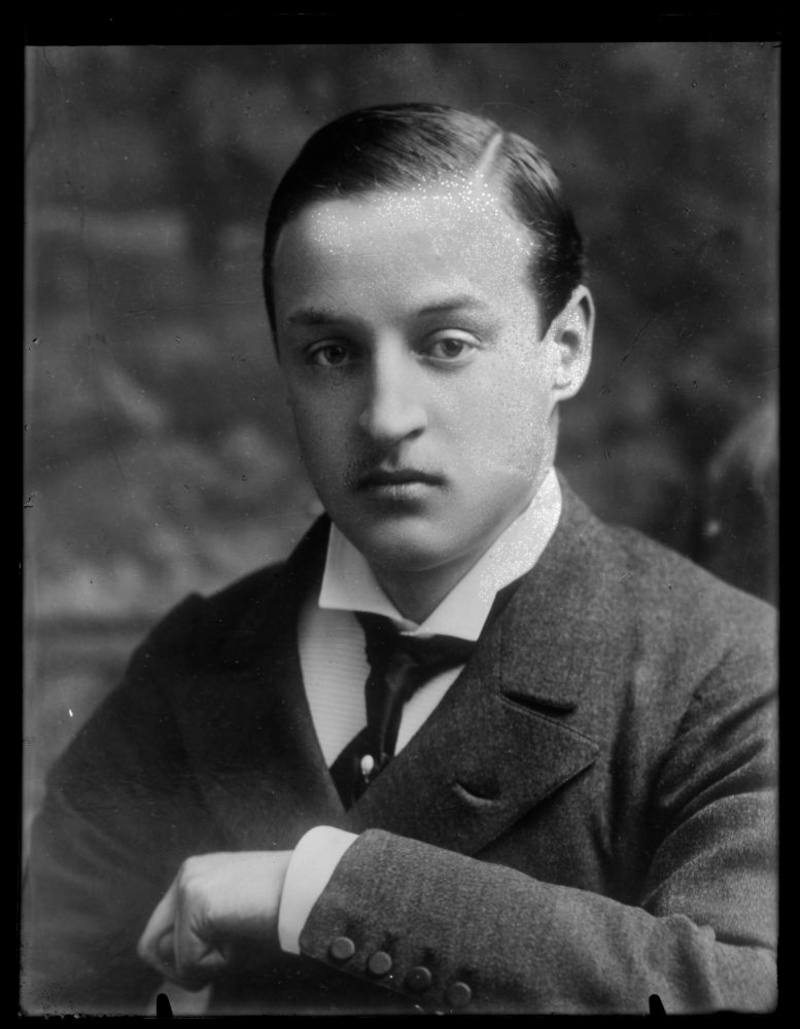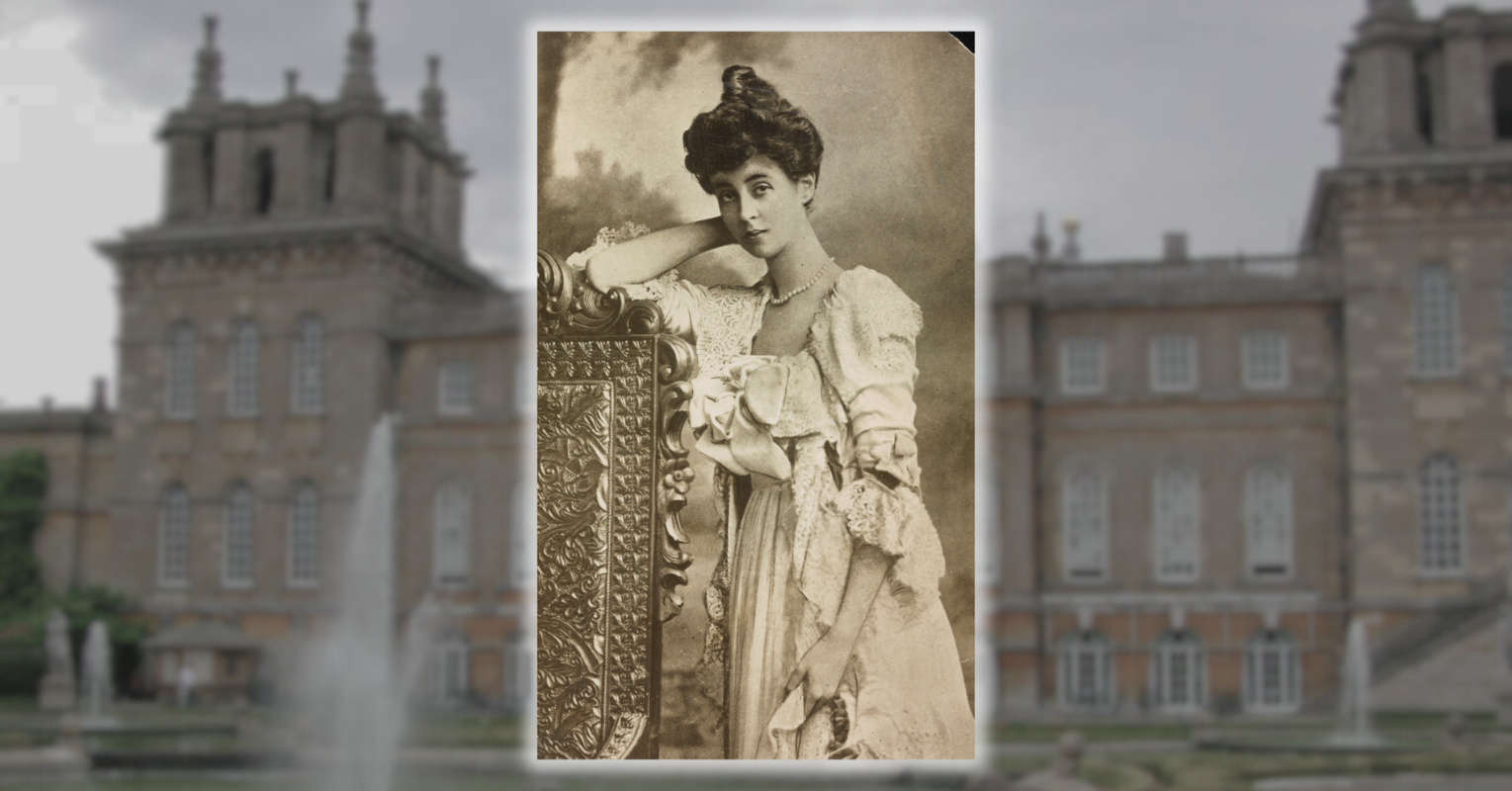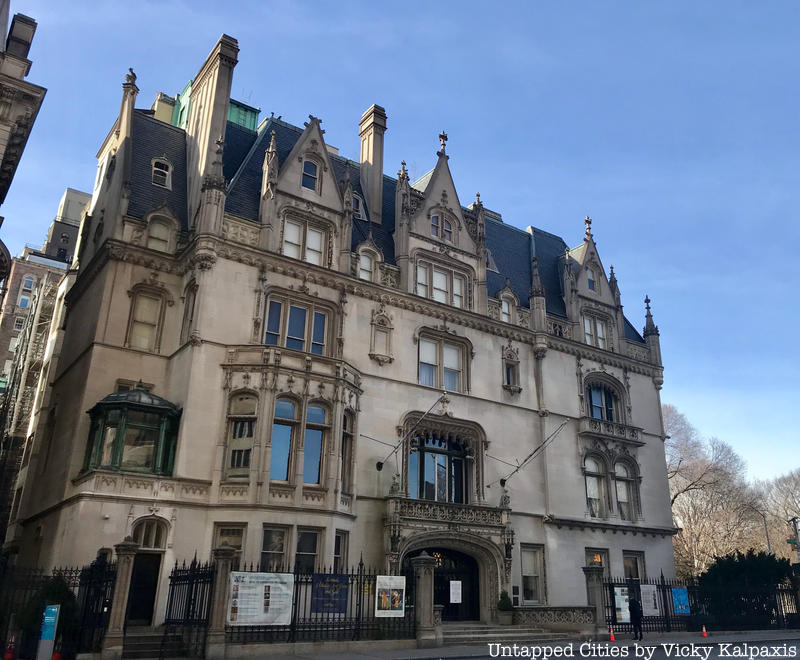Barely eighteen, Consuelo was forced into a loveless marriage to help save her mother’s reputation.
Consuelo Vanderbilt being called a “dollar princess” seems like a contradiction. The name Vanderbilt evokes visions of over-the-top Gilded Age marble mansions and vast wealth. However, the term “dollar princess” had nothing to do with a mere dollar, instead, it refers to arranged marriages with titled nobility. Consuelo has the unfortunate distinction of being one of the first dollar princesses of the Gilded Age.
To understand how this came to be, some background is needed about her indomitable mother, Alva Vanderbilt. Her mother was an unstoppable force who changed Gilded Age New York Society forever by outmaneuvering “The Mrs. Astor.” For more than a decade, Alva was a queen bee hovering over the New York elites. All that changed when Alva decided to divorce her husband, William K. Vanderbilt after suffering through years of infidelity. This fateful decision would transform Consuelo’s life forever, as she would become a pawn in her mother’s attempt to stay at the top of Gilded Age society.

Consuelo Vanderbilt was born in New York City in 1877 to Alva and William K. Vanderbilt. William’s grandfather was Cornelius Vanderbilt, the man who had made the Vanderbilt fortune through railroads. As a young man, William had inherited millions (billions in today’s money). He married Alva Smith in 1875. They had three children with the firstborn being Consuelo, who was named after her mother’s best friend. When Consuelo was very young, the Vanderbilts began building their opulent mansion along 5th Avenue. As New York City grew, the wealthy moved uptown and so did the Vanderbilts. The Petit Chateau would join other Vanderbilt mansions among the new Gold Coast.
Alva had collaborated with the famous architect Richard Morris Hunt in designing the new Vanderbilt home. (Obviously, there was nothing petit about this home, as the mansion occupied a whole block on Fifth Avenue.) This was very unusual for this period, as women had little autonomy outside the home. With the Petit Chateau completed, Alva threw a masquerade ball to celebrate. Alva had been shunned by Caroline Astor for being new money. Mrs. Astor was the gatekeeper and doyenne of Old New York but was deliberately not invited to the ball. Mrs. Astor could not miss the event of the social season, so she was forced to call on Alva, signaling a temporary truce in the battle of old versus new money.

Consuelo was too young to remember this power play that happened under the roof of her new home. But it was a telling sign of what was to come. Although Consuelo lived a privileged life, she was ruled by her mother. Alva, as one can imagine, was very strict and demanding of her daughter. She controlled every aspect of Consuelo’s life from her clothing to who she would marry. From the beginning, Alva was determined that Consuelo would marry well. Fortunately for Alva, Consuelo was not only very rich, but she was also smart, funny, and of course, beautiful.

Consuelo was seventeen when Alva started divorce proceedings with her father. A scandal ensued as people of their set did not get divorced. To help regain her standing, Alva chose a royal connection for Consuelo. Other rich men were hoping for Consuelo’s hand but the 9th Duke of Marlborough, Charles Richard John Spencer-Churchill (cousin to Winston Churchill) was Alva’s only choice.

Unbeknownst to her mother, Consuelo was secretly engaged to Winthrop Rutherfurd, who was part of Old New York and one of the “Four Hundred.” It would have been a very good match, but Alva was determined that Consuelo would have a title. Initially, Consuelo resisted and threatened to elope with Winthrop. Supposedly Alva responded by locking Consuelo in her room and threatening to murder Winthrop. Furthermore, Alva allegedly stated that she would have a heart attack and die if Consuelo did not marry the duke. Consuelo relented and reportedly wept at the altar during her New York wedding in 1895. Shortly after the marriage, Consuelo moved to England and went about the business of becoming the Duchess of Marlborough.

by Worth, Jean-Philippe
As one can imagine, this arranged marriage was not a happy union. Shortly into their marriage, the duke stated that the only reason he married Consuelo was to save his home, Blenheim Palace. Consuelo was one of the earliest Gilded Age “dollar princesses,” so named for the transactional nature of marriages between rich heiresses and poor but titled men.
Although her marriage was not successful on a personal level, Consuelo was beloved by the aristocracy and commoners alike. She had two sons, John born in 1897 and Ivor born in 1898. Thus, Consuelo completed one of the supposedly important duties for women at the time…to provide an heir and a spare. Italian artist Giovanni Boldini painted a famous portrait of Consuelo with her second son, Ivor, and would go on to paint several portraits of her. This painting is now in the collection of the Metropolitan Museum of Art.

During her first years of marriage, Consuelo could not forget Winthrop Rutherfurd. So in love was Consuelo, she told her husband Charles that she wanted to run away with Winthrop. As the story goes, Winthrop declines to marry her and sends Consuelo back to her husband. Charles and Consuelo would eventually separate and live apart for much of their 25 years of marriage.
In 1921, Charles asked for their marriage to be annulled by the Vatican as Charles had converted to Catholicism. At this point, Alva and Consuelo were in a better place in their relationship. Alva would help facilitate the annulment by declaring that she forced her daughter into the marriage and regretted it. Consuelo and her now former husband were married to other people in 1921. She married French aviator, Jacques Balsan. This union was a long and happy one. Charles on the other hand, would have a less successful marriage. He separated from his second wife after a few years of wedlock. Once again, Charles would live apart from his wife, but in this case, they did not divorce.

Consuelo and Jacques would spend time in their homes in France and England. Around World War II, they moved to the United States permanently. Her former childhood home: Petit Chateau was no longer there as it was demolished in 1927. So, Consuelo and Jacques would make Sutton Place their new home. In 1953, Consuelo wrote her memoirs called The Glitter and the Gold. In 1956, Consuelo’s son Ivor had died from a brain tumor. Less than two months after Ivor’s death, Jacques also passed away. She died in 1964 in Southhampton, New York, and was buried next to her son in a churchyard near Blenheim Palace.
Next, check out The Gilded Age Fight Between Alva Vanderbilt and Mrs. Astor and The Gilded Mansions of 5th Ave







